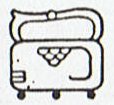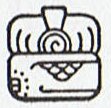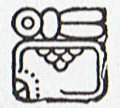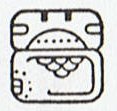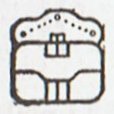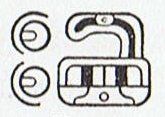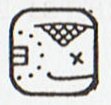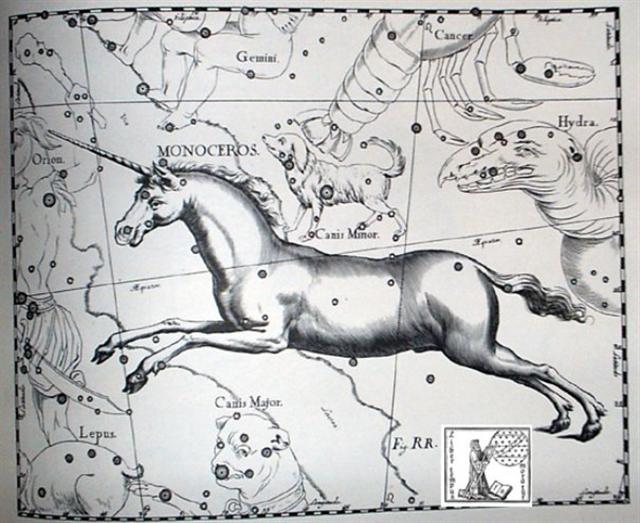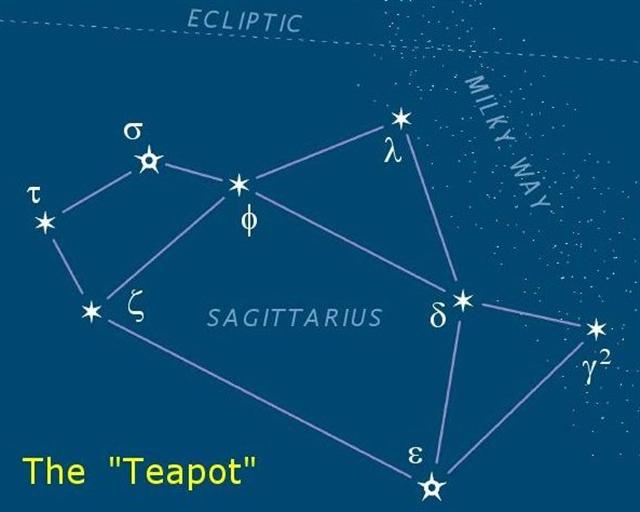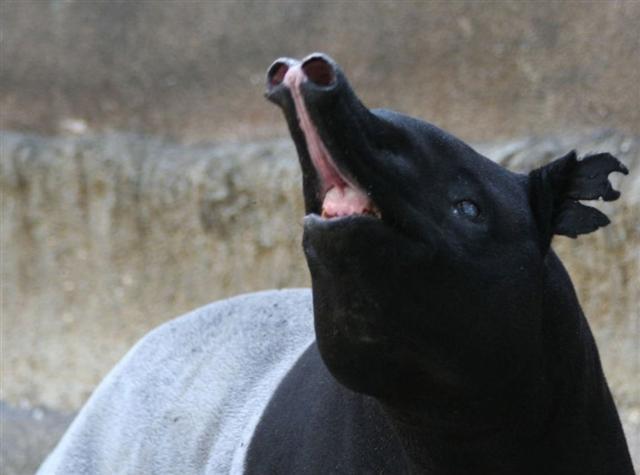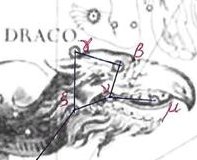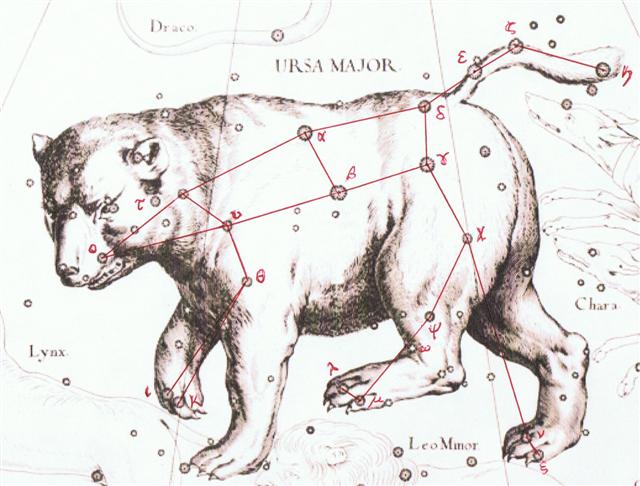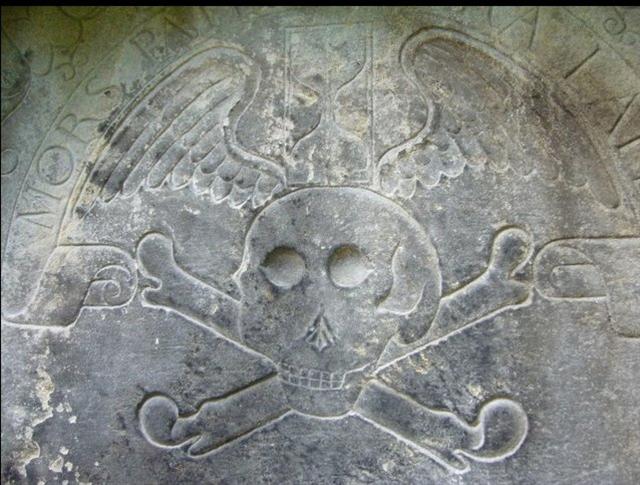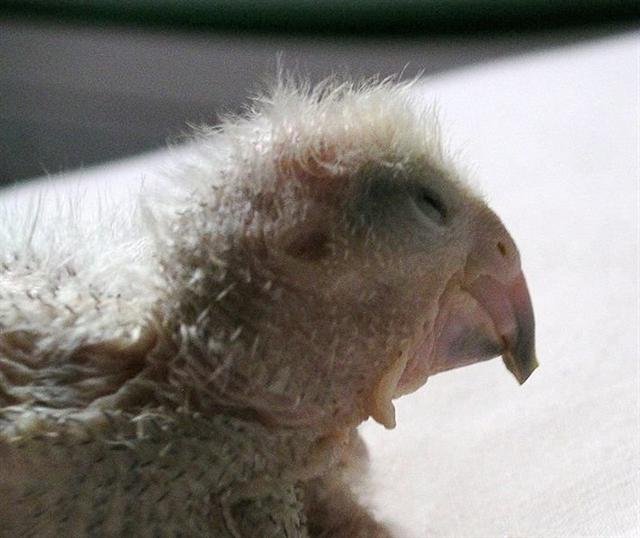117. There were '3 dark new moons' at bottom of the Well (Ch'en):
... 'Tell us a story!' said the March Hare. 'Yes, please do!' pleaded Alice. 'And be quick about it', added the Hatter, 'or you'll be asleep again before it's done.' 'Once upon a time there were three little sisters', the Dormouse began in a great hurry: 'and their names were Elsie [ε], Lacie [λ], and Tillie [τ]; and they lived at the bottom of a well — '
'What did they live on?' said Alice, who always took a great interest in questions of eating and drinking. 'They lived on treacle,' said the Dormouse, after thinking a minute or two. 'They couldn't have done that, you know', Alice gently remarked. 'They'd have been ill.' 'So they were', said the Dormouse; 'very ill'. Alice tried a little to fancy herself what such an extraordinary way of living would be like, but it puzzled her too much: so she went on : 'But why did they live at the bottom of a well?' 'Take some more tea [= t as in duration of time]', the March Hare said to Alice, very earnestly. 'I've had nothing yet', Alice replied in an offended tone: 'so I can't take more [<]'. 'You mean you can't take less [>]', said the Hatter: 'it's very easy to take more than nothing'. 'Nobody asked your opinion', said Alice. 'Who's making personal remarks now?' the Hatter remarked triumphantly. Alice did not quite know what to say to this: so she helped herself to some tea and bread-and-butter, and then turned to the Dormouse, and repeated her question. 'Why did they live at the bottom of a well?' The Dormouse again took a minute or two to think about it, and then said 'It was a treacle-well.' 'There's no such thing!' Alice was beginning very angrily, but the Hatter and the March Hare went 'Sh! Sh!' and the Dormouse sulkily remarked 'If you ca'n't be civil, you'd better finish the story for yourself.' 'No, please go on!' Alice said very humbly. 'I wo'n't interrupt you again. I dare say there may be one.' 'One, indeed!' said the Dormouse indignantly. However, he consented to go on. 'And so these three little sisters - they were learning to draw, you know —' 'What did they draw?' said Alice, quite forgetting her promise. 'Treacle', said the Dormouse, without considering at all, this time. 'I wan't a clean cup', interrupted the Hatter: 'let's all move [hop] one place on.' He moved as he spoke, and the Dormouse followed him: the March Hare moved into the Dormouse's place, and Alice rather unwillingly took the place of the March Hare. The Hatter was the only one who got any advantage from the change; and Alice was a good deal worse off than before, as the March Hare had just upsed the milk-jug into his plate [creating the Milky Way river] ... Beyond midsummer - at the time of rongorongo - was the end of the Milky Way, where once upon a time the Rain Bird had landed and the rebirth of Mother Nature had taken place: ... There is a couple residing in one place named Kui and Fakataka. After the couple stay together for a while Fakataka is pregnant. So they go away because they wish to go to another place - they go. The canoe goes and goes, the wind roars, the sea churns, the canoe sinks. Kui [Tui = the 3 stars in the Belt of Orion] expires
while Fakataka ['making go around'] swims. Fakataka swims and swims, reaching another land. She goes there and stays on the upraised reef in the freshwater pools on the reef, and there delivers her child, a boy child. She gives him the name Taetagaloa. When the baby is born a golden plover flies over and alights upon the reef. (Kua fanau lā te pepe kae lele mai te tuli oi tū mai i te papa). And so the woman thus names various parts of the child beginning with the name 'the plover' (tuli): neck (tuliulu), elbow (tulilima), knee (tulivae) ...
Anciently this event could hardly have occurred so late in the year. Instead we should first consider a place 118 right ascension days earlier: ... Anciently the place of creation could have been defined from the Heavenly Gate (*84) and with Phakt far down in the south as a pointer for those with good eyes. 118 (= 4 * 29½) days later was Spica (*202 = *84 + 118) with the Fox high up in the north ...
118 * 71 = 1842 AD + 6536 BC: ... Although inconspicious, Lockyer thinks that it [α Columbae, Phakt] was of importance in Egyptian temple worship, and observed from Edfū and Philae as far back as 6400 B.C.; but that it was succeeded by Sirius about 3000 B.C., as α Ursae Majoris was by γ Draconis in the north ...
I.e., around 6536 BC the star in the middle (Ana-roto, Spica) would have risen 118 days earlier in the year, viz. in day 282 - 118 = 164 = *84 + 80.
Notably Cb8-5 is a moko, a pregnant creature, who was followed by a spear (vero) which Metoro stated should be used for counting (hia). October (close to the Full Moon) + 6 months = April (heliacal): ... Mq.: veo, tenth month of the lunar year. Ha.: welo, a month (about April) ... This means we could in the Mayan calendar overview count with 118 days ahead from Ch'en. Here the Tree of the Sun was on its way down in Kankin, disappearing from our view.
... And then she looked in her hand, she inspected it right away, but the bone's saliva wasn't in her hand. It is just a sign I have given you, my saliva, my spittle. This, my head, has nothing on it - just bone, nothing of meat. It's just the same with the head of a great lord: it's just the flesh that makes his face look good. And when he dies, people get frightened by his bones. After that, his son is like his saliva, his spittle, in his being, whether it be the son of a lord or the son of a craftsman, an orator. The father does not disappear, but goes on being fulfilled. Neither dimmed nor destroyed is the face of a lord, a warrior, craftsman, an orator. Rather, he will leave his daughters and sons. So it is that I have done likewise through you. Now go up there on the face of the earth; you will not die. Keep the word. So be it, said the head of One and Seven Hunaphu - they were of one mind when they did it ...
... Up to the present time, fertility spells for fowls have played an important role. Especially effective were the so-called 'chicken skulls' (puoko moa) - that is, the skulls of dead chiefs, often marked by incisions, that were considered a source of mana. Their task is explained as follows: 'The skulls of the chiefs are for the chicken, so that thousands may be born' (te puoko ariki mo te moa, mo topa o te piere) ... As long as the source of mana is kept in the house, the hens are impregnated (he rei te moa i te uha), they lay eggs (he ne'ine'i te uha i te mamari), and the chicks are hatched (he topa te maanga). After a period of time, the beneficial skull has to be removed, because otherwise the hens become exhausted from laying eggs ...
|
||||||||||||||||||||||||||||||||||||||||||||||||||||||||||||||||||||||||||||||||||||||||||||||||||||||||||||||||||||||||||||||||||||||||||||||||||||||||||||||||||||||||||||||||||||||||||||||
